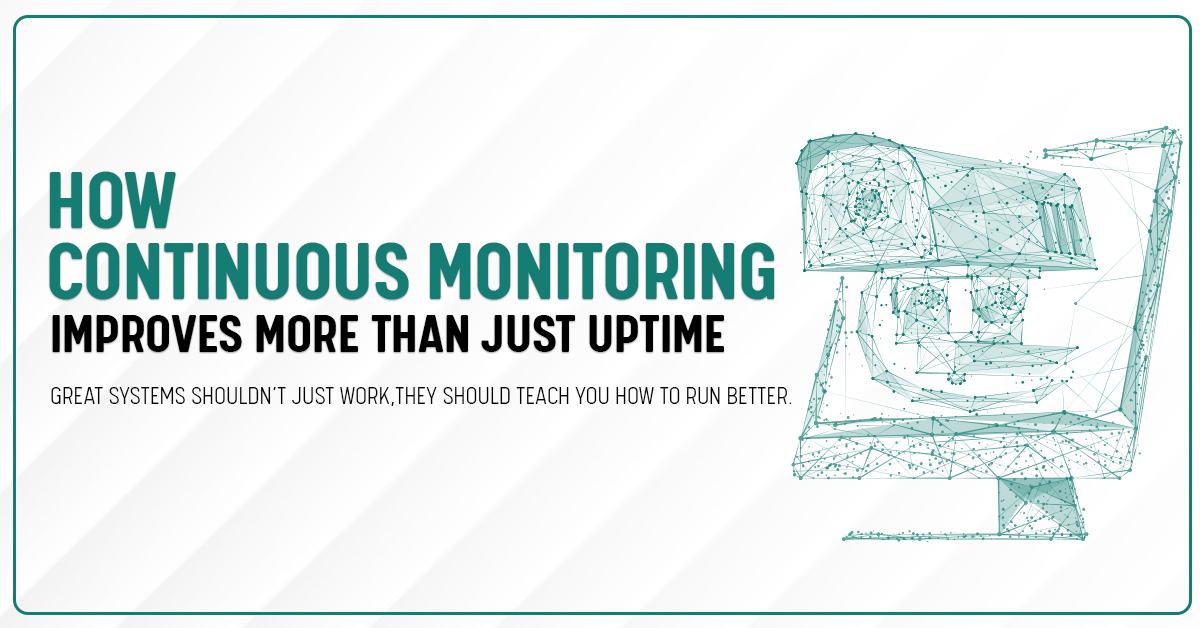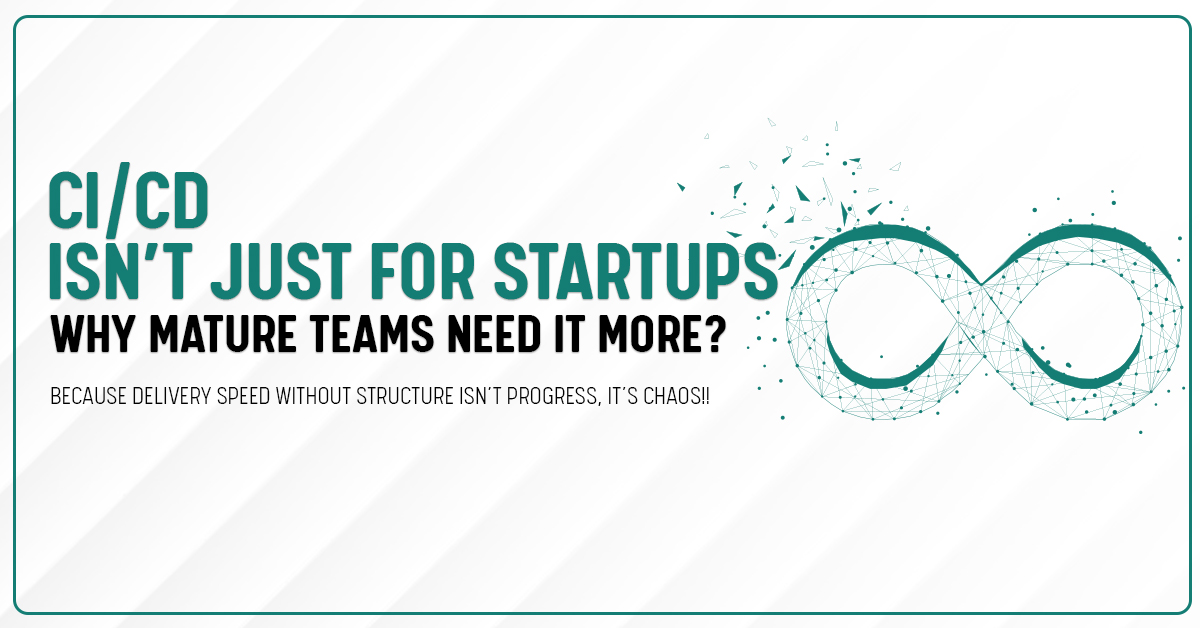In today’s always-on business environment, expectations around service quality and response time have never been higher. Service Level Agreements (SLAs) are the foundation for delivering reliable, consistent IT support—but not all SLAs are created equal.
At VArrow Technologies, we believe that great SLA management is more than just a contractual obligation—it’s a commitment to accountability, transparency, and operational excellence. Here’s what that looks like in real-world execution.
Clarity First: Define Expectations Clearly
An effective SLA should be easy to understand. It outlines what services are included, how issues are categorized, and what response and resolution times are guaranteed for each scenario.
Our approach to SLA management starts with clarity. We ensure that all stakeholders—technical and non-technical—know exactly what to expect when support is needed. This avoids confusion during critical situations and ensures alignment from the start.
Response Times That Match Business Priorities
Not all technical issues are equal, and SLAs should reflect that. A minor UI bug in a test environment doesn’t require the same urgency as a major system outage during peak business hours.
That’s why our SLAs are structured around defined priority levels, each with its own guaranteed response and resolution timeframe. For example:
-
P1 – Critical: Response within 15 minutes
-
P2 – High: Response within 1 hour
-
P3 – Medium: Response within 4 hours
-
P4 – Low: Response by the next business day
This structure ensures that our support aligns with your operational risk and urgency.
Proactive Communication and Real-Time Visibility
One of the most common frustrations with support services is the lack of communication during incidents. Businesses are often left wondering if anyone is working on the issue or when they’ll receive an update.
We solve this with proactive communication and real-time visibility. Clients receive automatic notifications, status updates, and access to a centralized support dashboard. Every step of the resolution process is visible—from incident creation to closure—so there are no surprises.
Accountability That Goes Beyond Words
A great SLA doesn’t just promise performance—it stands behind it. Our SLAs include performance guarantees and measurable KPIs. If we fall short, we don’t hide behind excuses—we take responsibility.
Whether it’s service credits, priority escalations, or a formal review, we ensure that every SLA comes with clear mechanisms for accountability and improvement.
A Real-World Example of SLA Management in Action
During a major campaign, one of our clients in the entertainment sector experienced a surge in user traffic that placed unexpected load on a critical API.
Because of the SLA we had in place, our systems automatically detected the pressure, escalated the issue internally within seconds, and engaged the response team without the client needing to file a ticket. The system was stabilized and fully operational within 12 minutes—with updates sent to the client throughout the process.
This level of responsiveness is not just about meeting expectations—it’s about protecting business continuity in high-pressure moments.
Why SLA Management Matters More Than Ever
As of March 6, 2025, digital operations are becoming increasingly complex. Businesses rely on interconnected systems, cloud platforms, and third-party services to function seamlessly. In this environment, a vague or outdated SLA can put critical operations at risk.
An effective SLA is no longer optional. It’s a strategic tool that ensures:
-
Business continuity
-
Faster incident response
-
Improved customer experience
-
Clear communication and accountability
What You Should Expect From a Modern SLA
If your organization is evaluating IT partners or reassessing its service contracts, here’s what to look for in a well-managed SLA:
-
Clear service scope and responsibilities
-
Defined priorities and response times
-
Real-time incident tracking and reporting
-
Measurable performance targets
-
Built-in review processes and improvement mechanisms
These elements ensure that your SLA isn’t just a static document—but a dynamic part of how your business stays resilient, responsive, and productive.
Conclusion: A Commitment, Not Just a Contract
At VArrow Technologies, we treat SLA management as an ongoing relationship—not a checkbox. We build our agreements around what actually matters to our clients: operational stability, consistent performance, and trusted support when it’s needed most.
We believe SLAs should empower your business, not limit it. That’s why we pair every agreement with transparency, proactive action, and real accountability.
Looking to strengthen your SLA performance?
Let’s build a service partnership that delivers.




